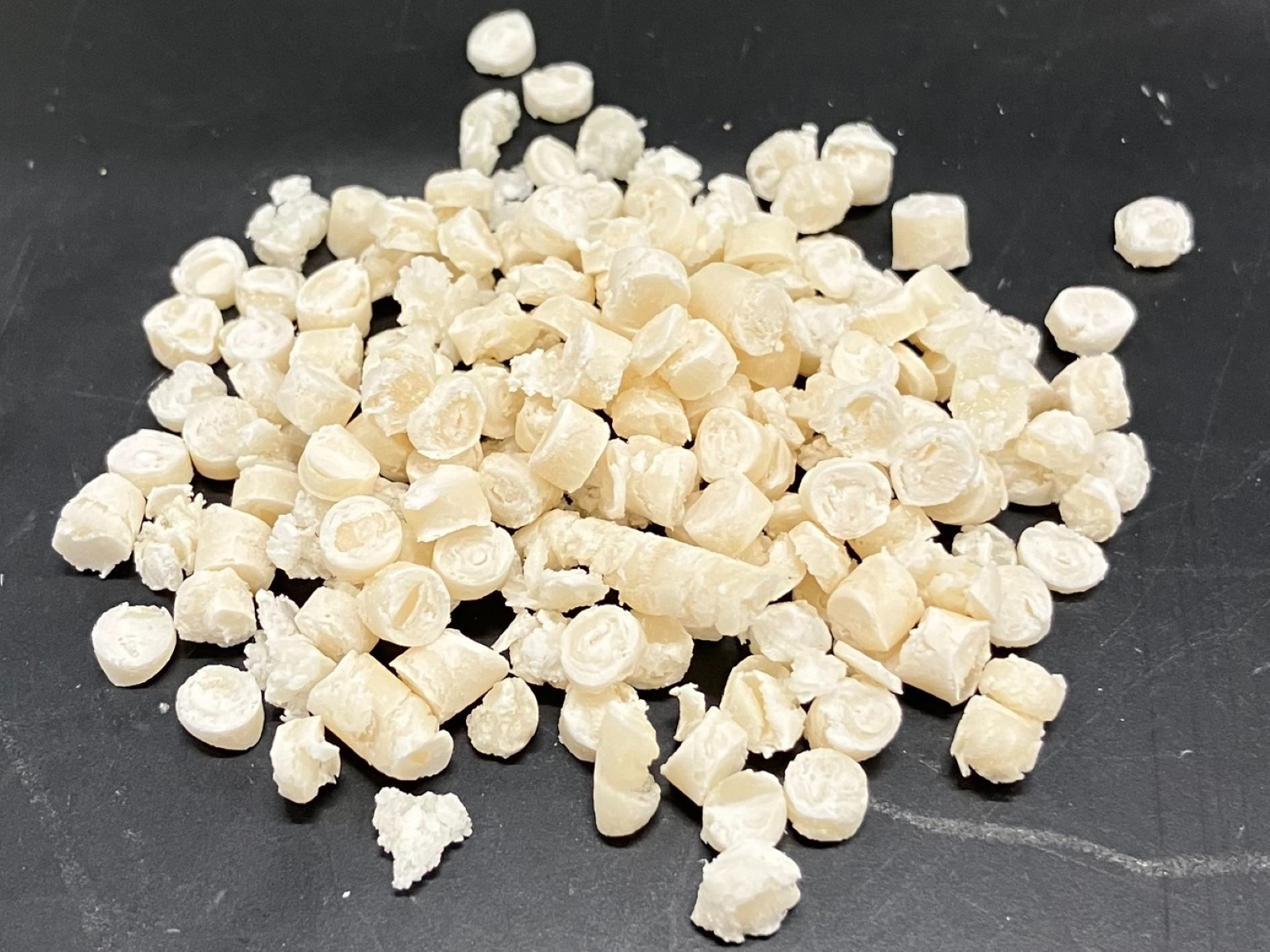
Jan 08, 2025
- Company
- Press Release
- Panasonic GREEN IMPACT
- CES
- R&D

May 30, 2023
Company / Press Release
Osaka, Japan - Panasonic Corporation today announced that, via a joint study with Masafumi Mukamoto, professor of the Graduate School of Veterinary Science, Osaka Metropolitan University, the company clarified for the very first time that the mechanism of inactivation of fungi through exposure to hydroxyl radicals contained in water (nano-sized electrostatic atomized water particle) is caused by the destruction of cell walls and subsequent leakage.
Many fungi are present in our living space. Many of these fungi release spores into the air to proliferate. As spores are extremely small, they are not visible even when they float in the air. Spores that settle in a new place will germinate and propagate if the environment is suitable for their growth. In our living space, they tend to propagate in damp places such as around water, in stagnant air, or in food. They are considered a problem as they contaminate the environment, and some fungi cause diseases. For this reason, prevention of proliferation is important as well as the removal of fungi that have proliferated.
In September 2011, Panasonic demonstrated that hydroxyl radicals contained in water technology is effective in inhibiting eight major indoor molds*1.Furthermore, the company classified fungi according to its sexual organ characteristics and structures, and verified the species from each category from the classification which are mainly molds and yeasts that cause environmental contamination or diseases. The company confirmed 99% or higher inactivation effect by hydroxyl radicals contained in water on all of them. The test result infers that the result would also be applicable to other unverified fungi. However, the actual mechanisms on how hydroxyl radicals contained in water affects and inactivates the fungi was not been clarified.
With the purpose of clarifying the inactivation mechanism, the company observed morphological changes caused by exposure to hydroxyl radicals contained in water. As a result, the destruction of cell walls and the subsequent leakage of constituent elements were confirmed in all three types of fungi in different categories, suggesting that is part of the fungi inactivation mechanism. Furthermore, when fungi were left standing after exposure to hydroxyl radicals contained in water in a state where they were not inactivated, a significant reduction of the viable cell count was observed over time.
This was the first time that a mechanism has been suggested where once fungi are damaged by hydroxyl radicals contained in water, the damage spreads even without continued exposure, which leads to inactivation. The further application of hydroxyl radicals contained in water is now expected. Note that the verification results are based on the lab environment in a closed test space and not in an actual environment.
Panasonic will continue to pursue the potential of the hydroxyl radicals contained in water technology and provide safe and secure spaces in order to contribute to society.


Figure 1 Morphology observation of fungi using a scanning electron microscope
Deformation was observed in the group exposed to nanoe
(hydroxyl radicals contained in water).
Lines in the figure indicate 1 μm.

Figure 2 Morphology observation of fungi using a transmission electron microscope
In the group exposed to hydroxyl radicals contained in water, the leakage of contents caused by damage to cell walls was observed.
Lines in the figure indicate 1 μm.


Figure 3 Elapsed time, fungal count, and inactivation rate after exposure to nanoe
(hydroxyl radicals contained in water)
An increase in the inactivation rate was observed over time without continuous exposure to hydroxyl radicals contained in water.
The hydroxyl radicals contained in water has been proved that its inactivation effect, accompanied by changes in the form, is caused by leakage of content due to the destruction of cell walls regardless of the form and cell wall components in a study using two types of molds and one type of yeast. Furthermore, it is considered that once fungi are damaged by exposure to hydroxyl radicals contained in water for a certain period of time, the damage to cell walls spreads, leading to inactivation even when hydroxyl radicals contained in water is not exposed continuously.
The atomizing electrode is cooled by a Peltier element, which condenses moisture in the air to create water. Afterwards, a high voltage is applied across the atomizing electrode and the opposite electrode to generate hydroxyl radicals contained in water that contain OH radicals of approx. 5 to 20 nm in size. (Figure 4)

Figure 4 hydroxyl radicals contained in water generator
*1[Press release] Verification of the effect of hydroxyl radicals contained in water "nanoe" on molds - Verification of its effectiveness to suppress substances that cause mold allergens as well as the growth of mold contained in house dust and other materials -
The content in this website is accurate at the time of publication but may be subject to change without notice.
Please note therefore that these documents may not always contain the most up-to-date information.
Please note that German, French and Chinese versions are machine translations, so the quality and accuracy may vary.